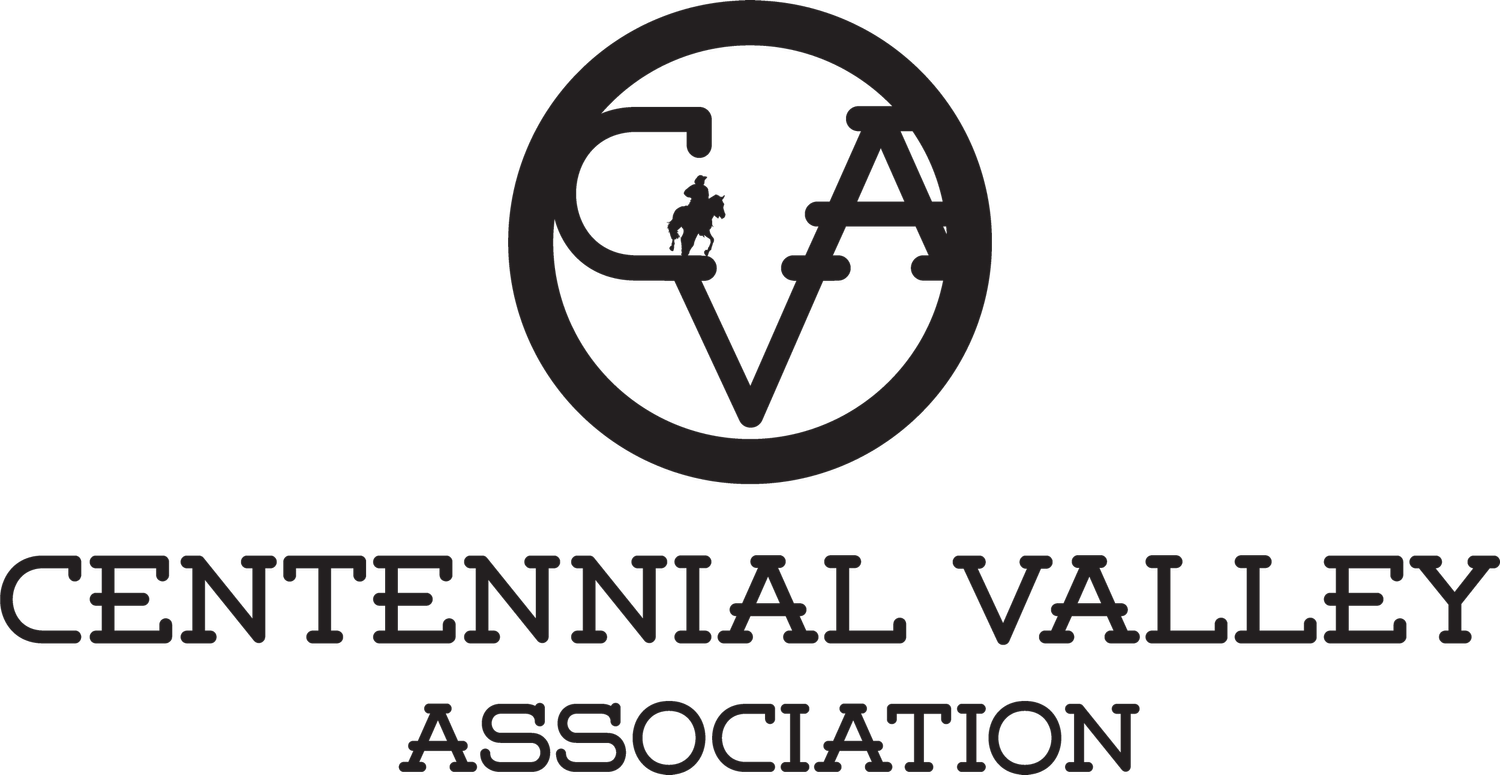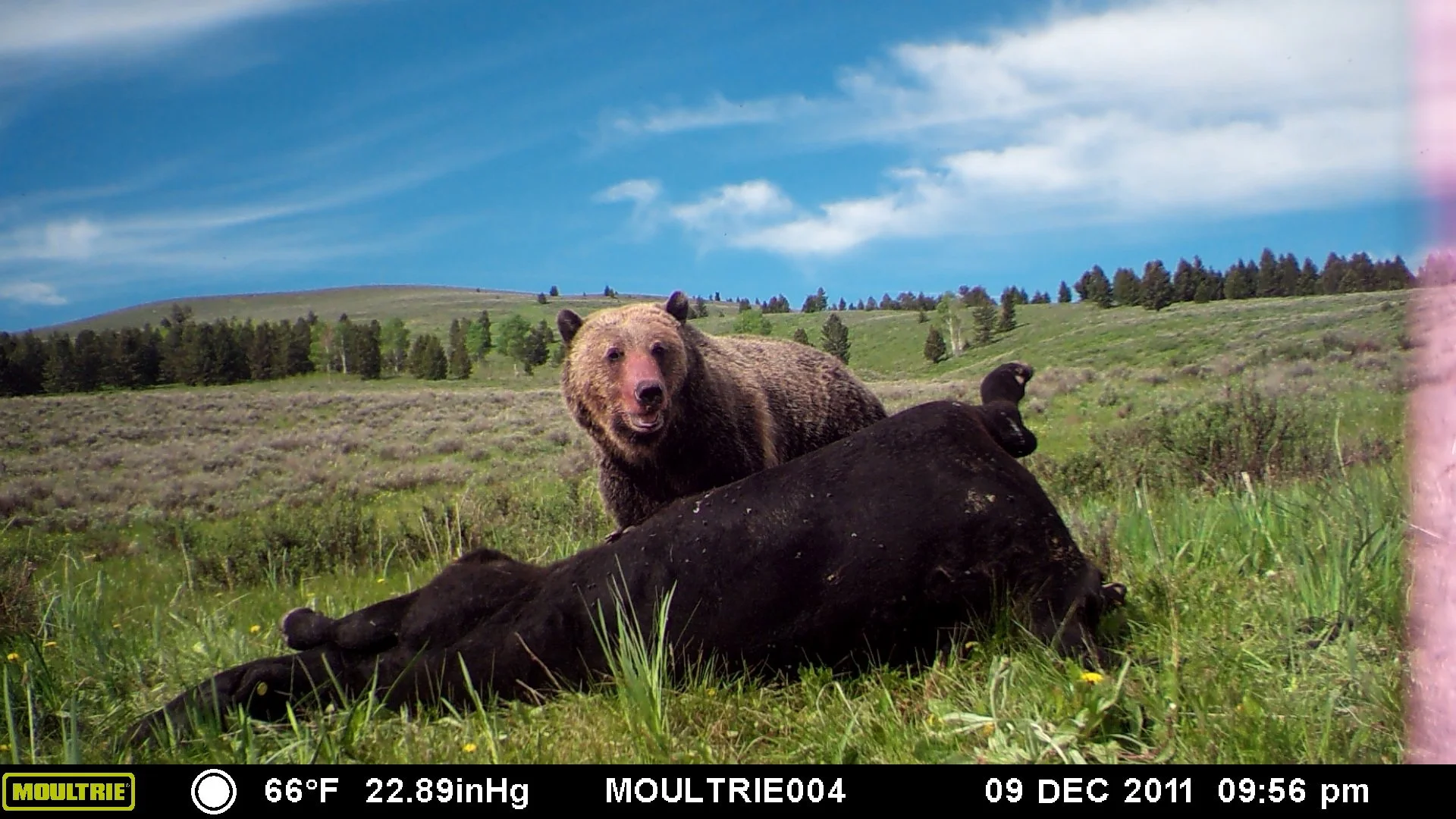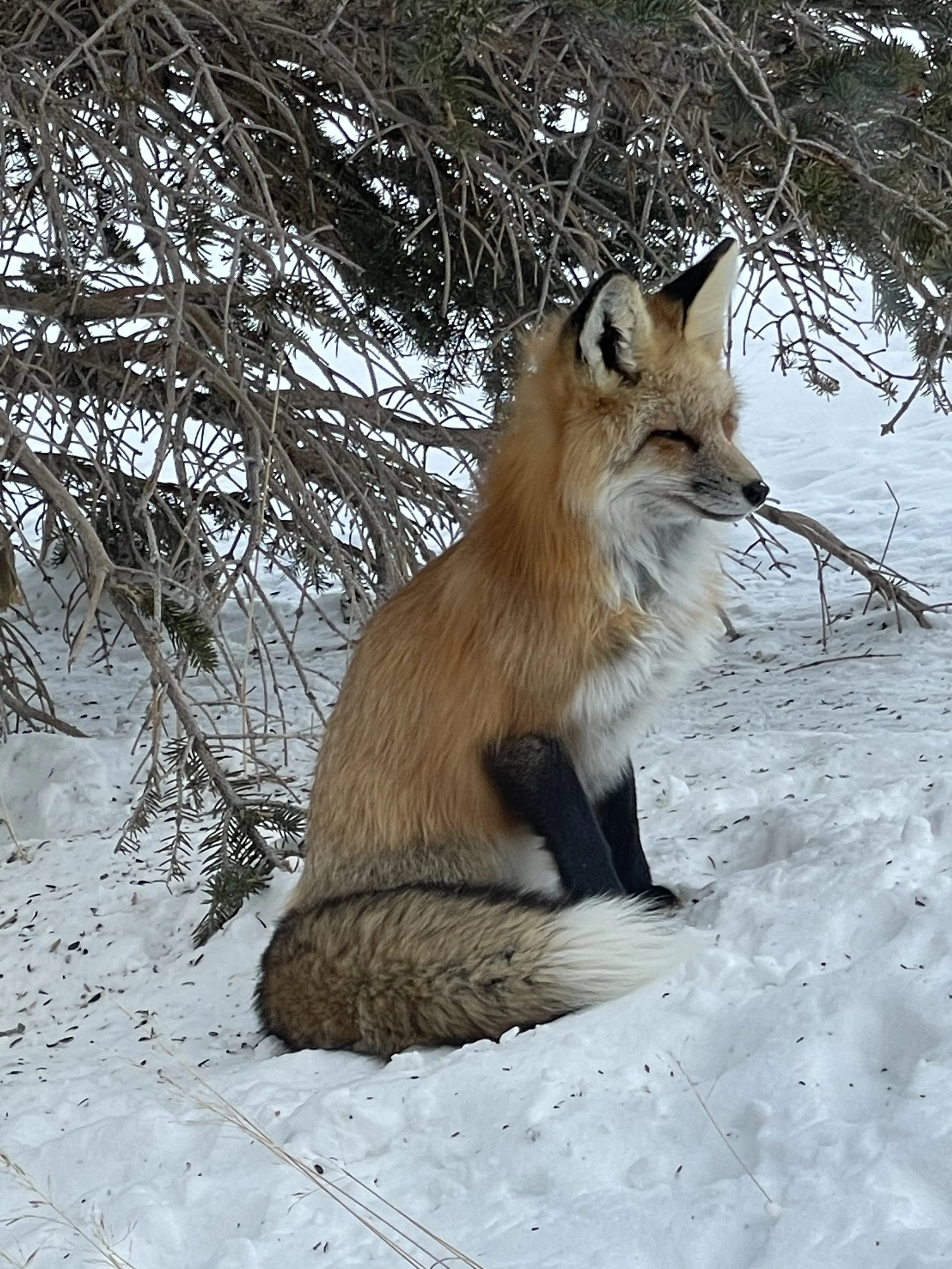
Wildlife-Conflict Mitigation Program
The Centennial Valley is a productive, working landscape that has been ranched for over one hundred years by multi-generational families and currently serves as a summer range for over 12,000 cattle. Generational ranch families have preserved open space, maintained healthy rangelands, and worked with agencies to find local solutions for landscape-level issues. The valley also supports a significant amount of natural biodiversity, providing vital migration corridors from the Greater Yellowstone to protected areas in central Idaho and the Crown of the Continent. The Centennial Valley supports healthy habitats for species such as grizzly bears, elk, moose, wolves, and Greater sage-grouse.
Given the diverse and dynamic ways the Valley is shared, the Centennial Valley Association’s Wildlife Program is critical in maintaining a shared landscape on which livestock, wildlife, and humans can thrive. Through range riding, carcass pick-up efforts, wildlife-friendly fencing, and community safety initiatives, the Wildlife Program is a source of non-biased resources and up-to-date information to help local ranchers maintain successful and sustainable businesses, enhance community safety, and maintain wildlife habitats for future generations.
-
Reduce wildlife-livestock conflicts and unconfirmed losses for participating ranches.
Identify and monitor wildlife activity to gain an accurate understanding of how they utilize the landscape to prevent human-wildlife and wildlife-livestock conflicts.
Frequently communicate and share up-to-date, non-biased information on wildlife issues and activity in the Centennial Valley and surrounding landscapes to the community, state and federal agencies, and visitors.
Implement proactive and preventative tools to reduce wildlife-livestock conflict, minimize livestock loss, and enhance human safety.
Encourage wildlife movement and corridors via outreach, education, and support services.
-
Range Riding
Established in 2014, range riding strives to reduce the number of unconfirmed cattle losses in the Centennial Valley. This is achieved by:
Increasing human presence on the landscape, and in cattle herds, to detect and deter predators
Quickly identifying sick or injured cattle before becoming attractants to predators
Identifying possible landscape problems, such as hazardous terrain, toxic plants, or empty water tanks. Range Riders monitor cattle from participating ranches, as well as frequent wildlife corridors throughout the Centennial Valley. Motion-triggered trail cameras are used to evaluate spatial and temporal patterns in wildlife movement and activity, particularly that of predators. The information collected is shared with participating ranches and landowners to allow them to make decisions to mitigate the threat of livestock predation. Generalized reports are also shared with community members, recreationists in the Valley, and partner agencies to increase human safety.
Carcass Pick-Up
In 2017, to expand predator-livestock conflict mitigation efforts, the CVA partnered with the Big Hole Watershed Committee and Red Rock Lakes National Wildlife Refuge to provide a carcass pick-up service for participating ranches. During calving season, livestock carcasses are picked up and disposed of where they will not serve as predator attractants, decreasing the risk of predation in calving grounds.
Wildlife Corridors
The Centennial Valley is a key migration corridor for ungulate species such as elk and pronghorn antelope. The CVA observes ungulate movements and documents blockages to identify ways to improve passage. This information is then shared with landowners to educate and engage the community in adopting wildlife-friendly fencing modifications.
-
• Reduced number of unconfirmed losses and depredations from the overall loss percentages from grazing season.
• High level of community literacy on wildlife issues and increased access to resources to reduce and/or avoid conflicts.
• Viewed as trusted provider of up-to-date safety information for residents and visitors.



